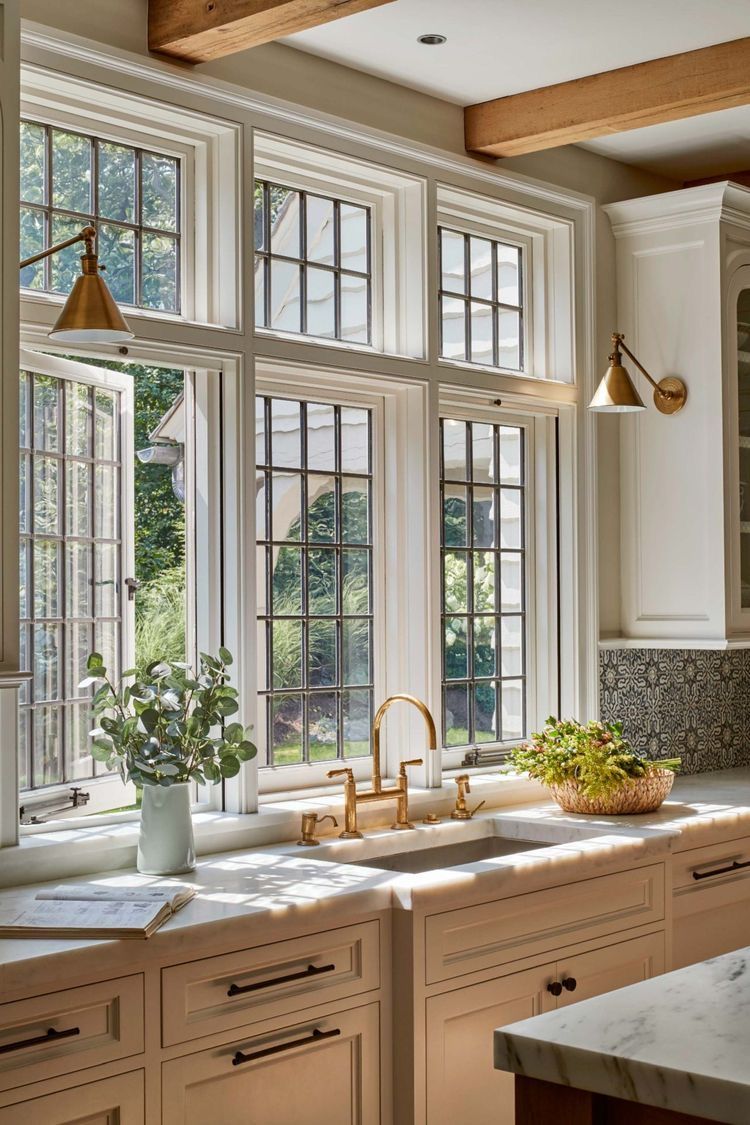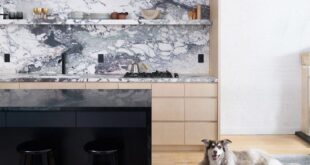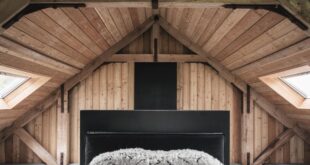
A kitchen with no windows can present a unique set of challenges when it comes to designing and decorating. Without natural light flowing into the space, it can feel dark, cramped, and lacking in ventilation. To combat these issues, it’s important to focus on bringing in as much artificial light as possible. This can be achieved through strategically placed overhead lighting, under cabinet lighting, and even adding a skylight if possible. Additionally, a light color palette for the walls, cabinets, and countertops can help to visually brighten up the space. To create the illusion of a larger space, consider incorporating mirrors or reflective surfaces to bounce light around the room. Lastly, adding live plants or a small indoor herb garden can help to bring a touch of nature into the kitchen and improve air quality. With some thoughtful design choices and creativity, a kitchen with no windows can still be a functional and inviting space for cooking and entertaining.
Having a kitchen with no windows may seem like a design challenge, but it can actually be an opportunity to create a unique and cozy space. Without the natural light that windows provide, it’s important to focus on creating adequate artificial lighting. This can be achieved through a combination of overhead fixtures, under-cabinet lighting, and task lighting in key areas such as the sink and stove. By strategically placing lights throughout the kitchen, you can ensure that the space feels bright and inviting at all times.
Another important consideration when designing a kitchen without windows is ventilation. Without the ability to open windows for fresh air, it’s essential to have a properly functioning exhaust fan or range hood. This will help to remove cooking odors, smoke, and excess heat from the kitchen, keeping the space comfortable and odor-free. Additionally, a ventilation system can help to prevent the buildup of moisture and reduce the risk of mold growth in the absence of natural ventilation.
When designing a kitchen with no windows, it’s also important to consider the color scheme and materials used. Lighter colors can help to make the space feel larger and brighter, while reflective surfaces such as stainless steel or glossy tile can help to bounce light around the room. Using mirrors or glass-fronted cabinets can also help to create the illusion of windows and enhance the overall sense of openness in the kitchen. By carefully selecting colors and materials, you can create a kitchen that feels welcoming and spacious, even without the presence of windows.
 home decor trends
home decor trends



